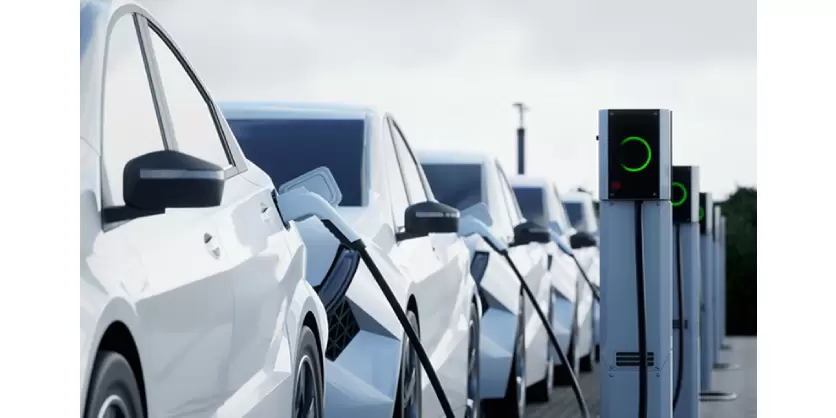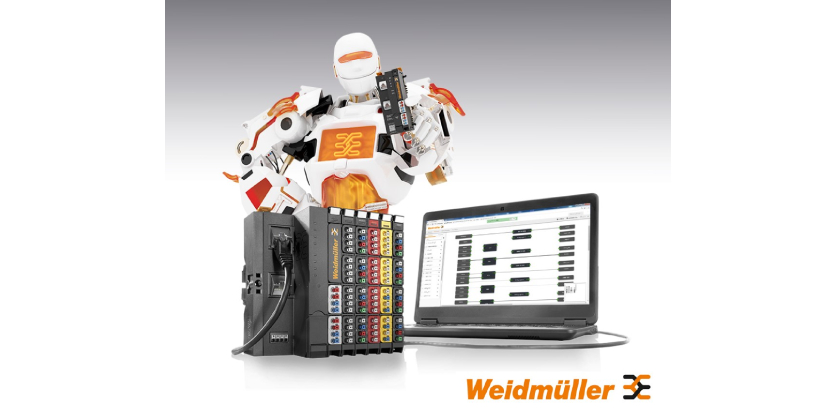HPS EV Charging Distribution Transformers – Built to Brave the Elements
August 12, 2025
HPS EV Charging Distribution Transformers – Built to Brave the Elements
As electric vehicle (EV) infrastructure expands, transformers play a critical role in powering EV charging stations with reliable, efficient energy. HPS EV charging transformers are designed to manage the high and fluctuating loads of EV charging, delivering consistent performance in demanding conditions.
With advanced dry-type transformer technology and an optional robust 3RE+ enclosure that provides superior protection over standard ventilated designs, HPS EV charging transformers offer durability, energy efficiency, and dependable operation for high-volume and fast-charging applications.
More Information
Electric Vehicle (EV) Charging Distribution Transformers
Related Story
Designing for Demand: The Role of Transformers in a Resilient EV Future

As electric vehicles (EVs) continue their rapid rise, one question looms over the energy sector, municipalities, and developers alike: Is our infrastructure truly ready for the surge in demand?
From city streets to highway rest stops, new EV chargers are popping up across North America. But while charging stations get all the attention, there’s a critical component working behind the scenes, often overlooked, but absolutely essential: the transformer.



